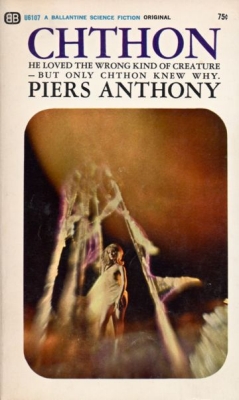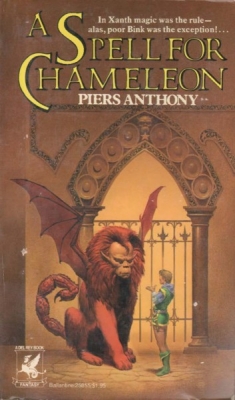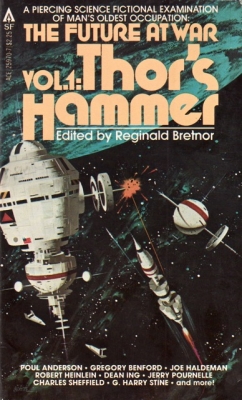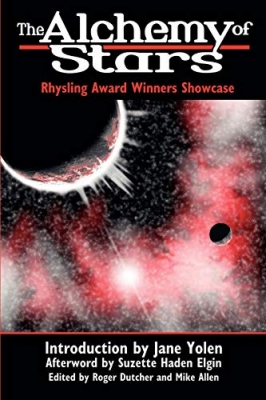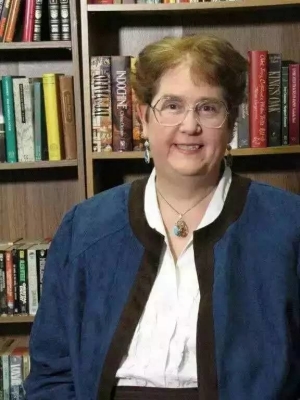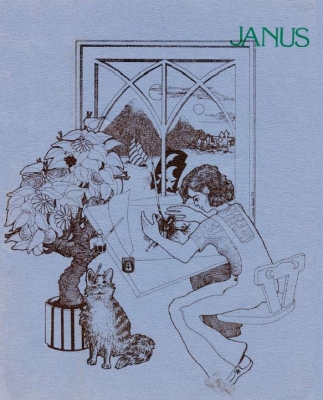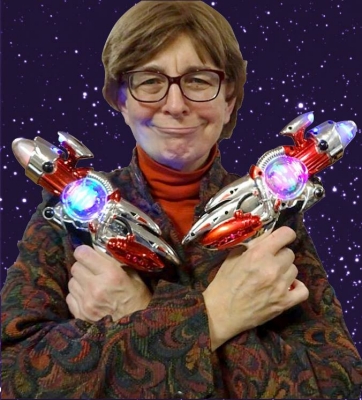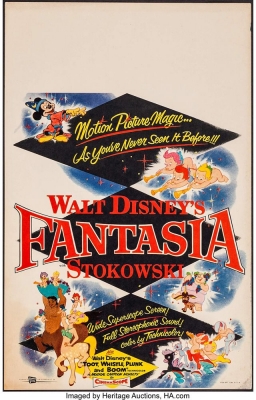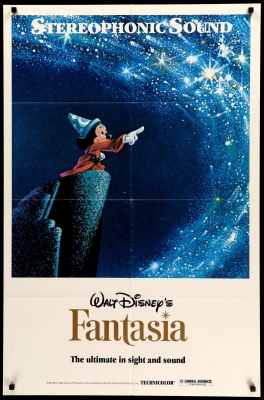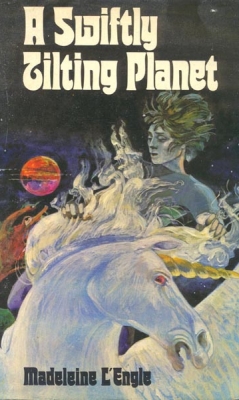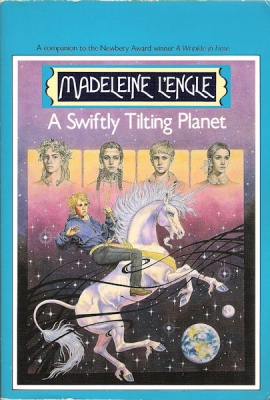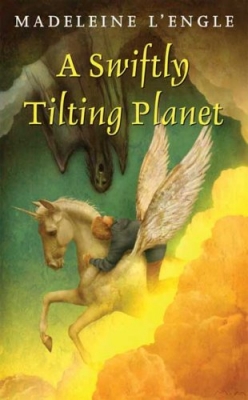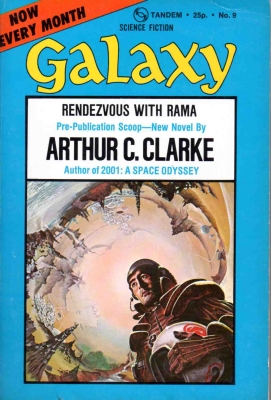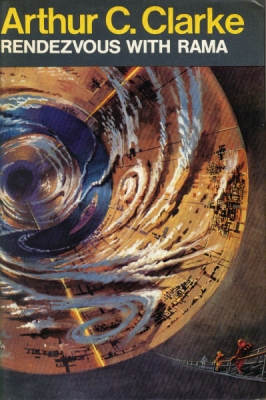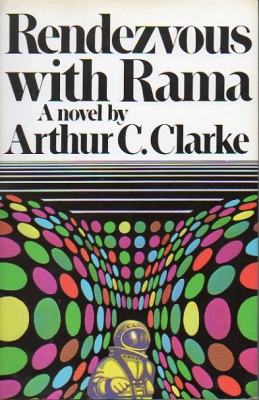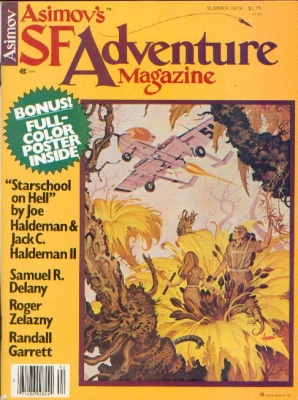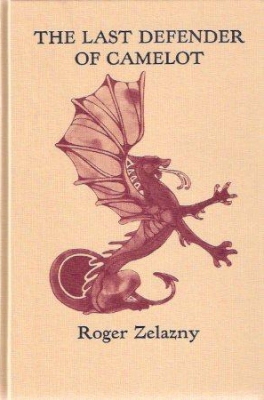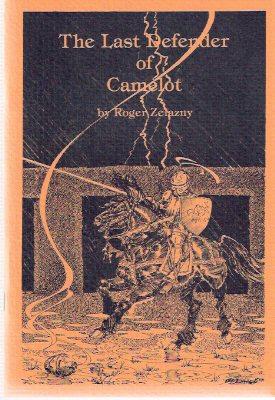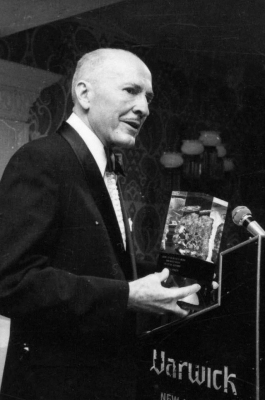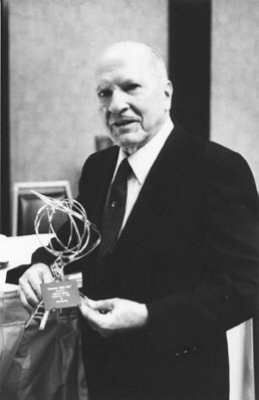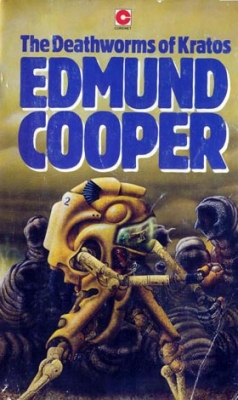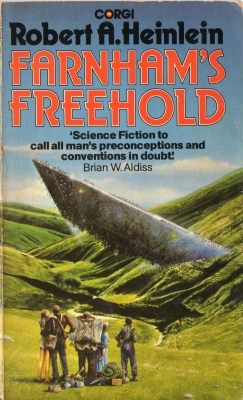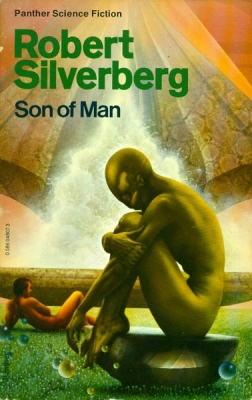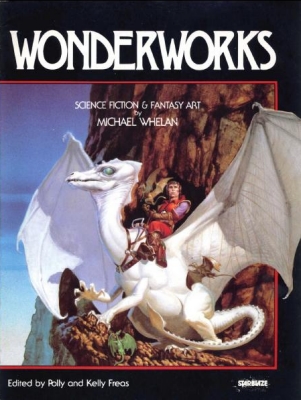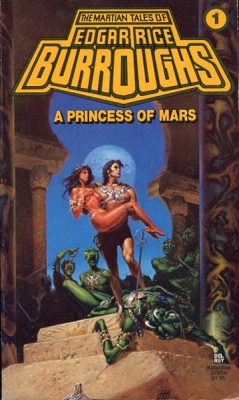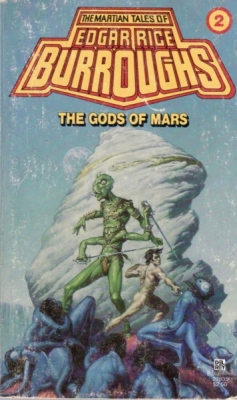The Golden Age of Science Fiction: Piers Anthony
DeepSouthCon has presented the Phoenix Award annually since 1970. The first Rebel Award was presented to Richard C. Meredith. The 1980 award was presented on August 23 at DeepSouthCon 18/ASFICon in Atlanta, Georgia, which was chaired by Cliff Biggers.
While Piers Anthony may currently be best known for his series of Xanth novels, in 1980, when he was presented with the Phoenix Award, the series was just getting started. A Spell for Chameleon had appeared in 1977 and been awarded the British Fantasy Award and nominated for the Balrog Award. Castle Roogna followed it in 1978 and The Source of Magic appeared in 1979, and that was all: a trilogy.
Anthony had published numerous successful series up to that point, including the Omnivore/Orn/OX series between 1968 and 1976, the first four volumes of the Cluster series and the Tarot trilogy. His Battle Circle trilogy had appeared between 1968 and 1975 and the Chthon duology was published in 1967 and 1975. In 1980, he had just published Split Infinity, the first novel in his Apprentice Adept series.

